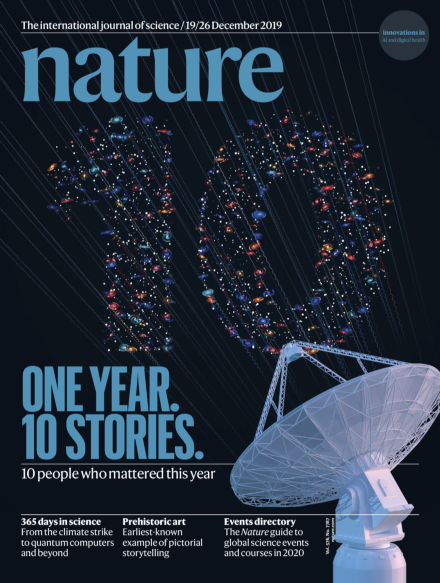Volume 576 Issue 7787, 19 December 2019
This Week
-
Editorial
-
News in Focus
-
News
-
Features
-
News
Books & Arts
-
Essay
Opinion
-
Correspondence
Research
-
News & Views
This Week
-
World View
-
Research Highlights
News in Focus
-
News Round-Up
-
News
Opinion
-
Comment
Work
-
Feature
-
What publishing as a lead author has taught me
Career Guide:
-
-
Where I Work
Research
-
News & Views
-
Reviews
-
Articles

